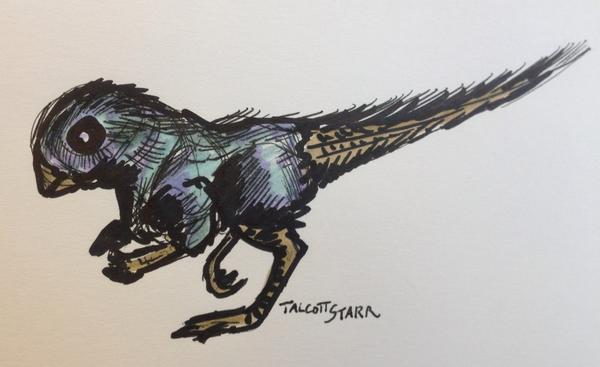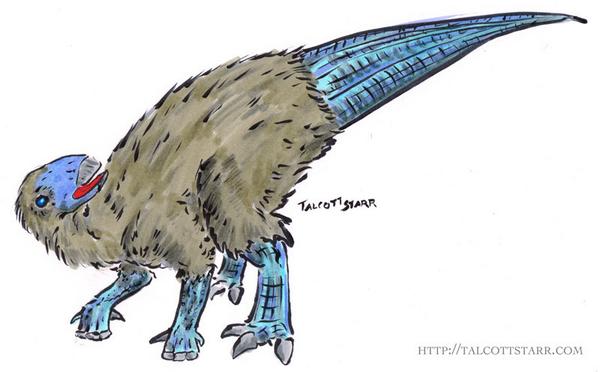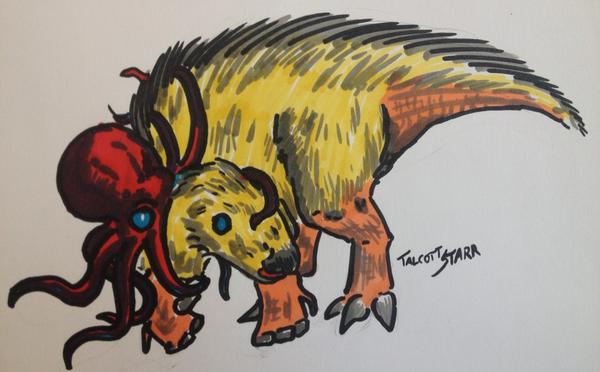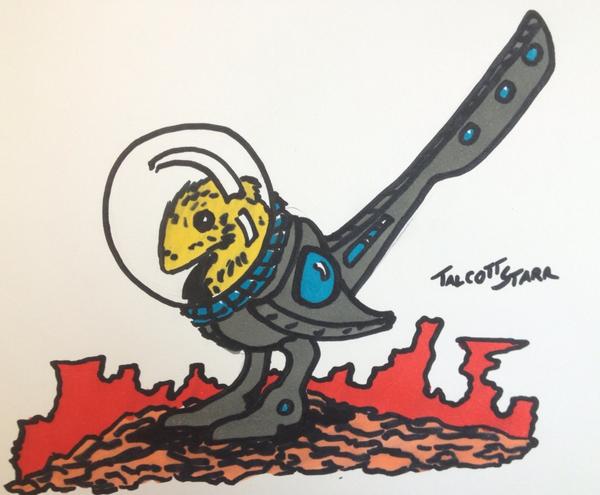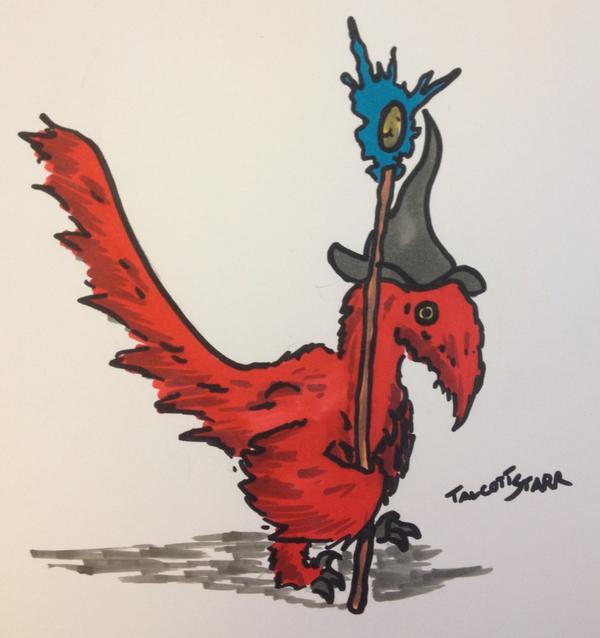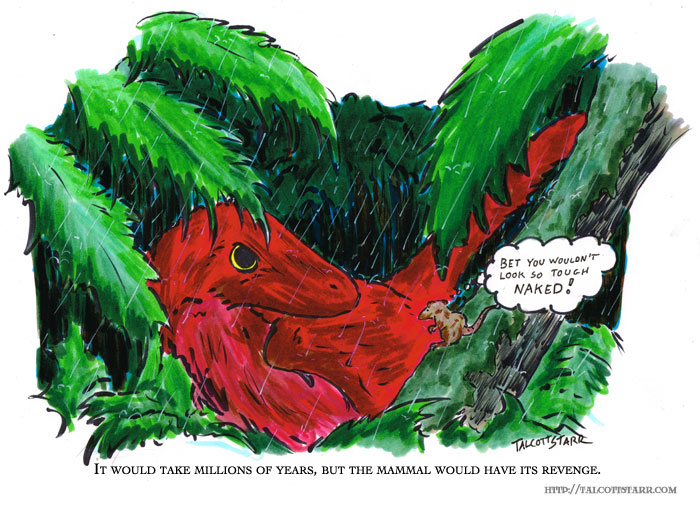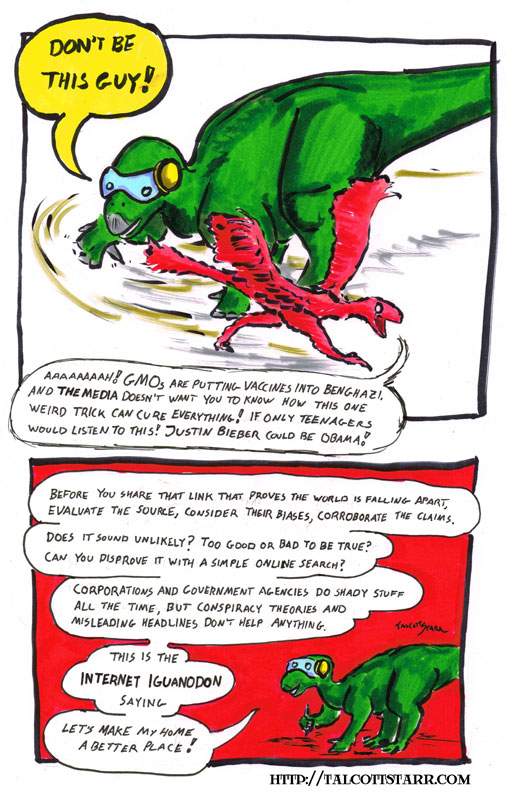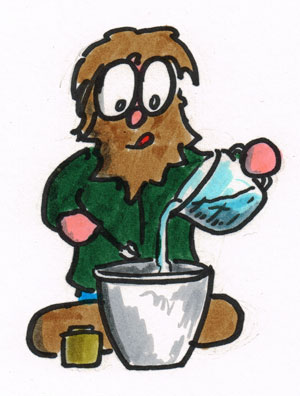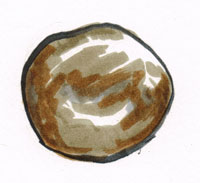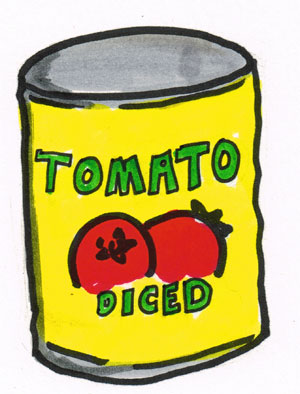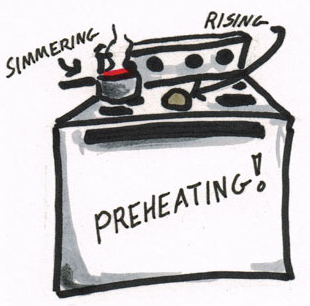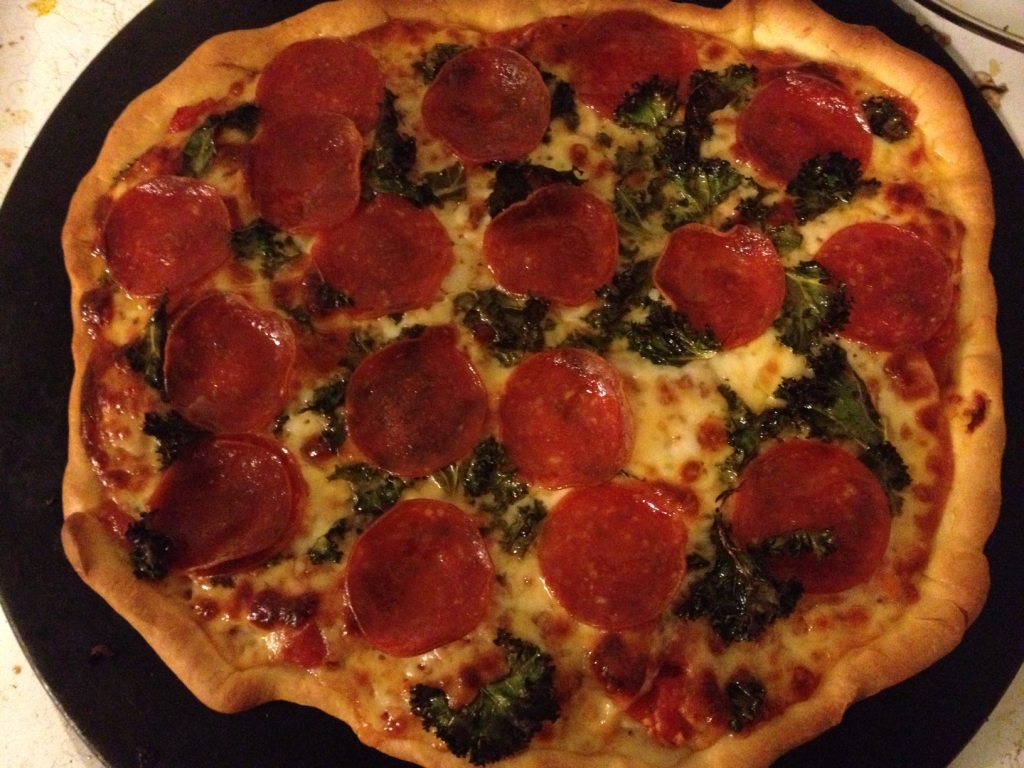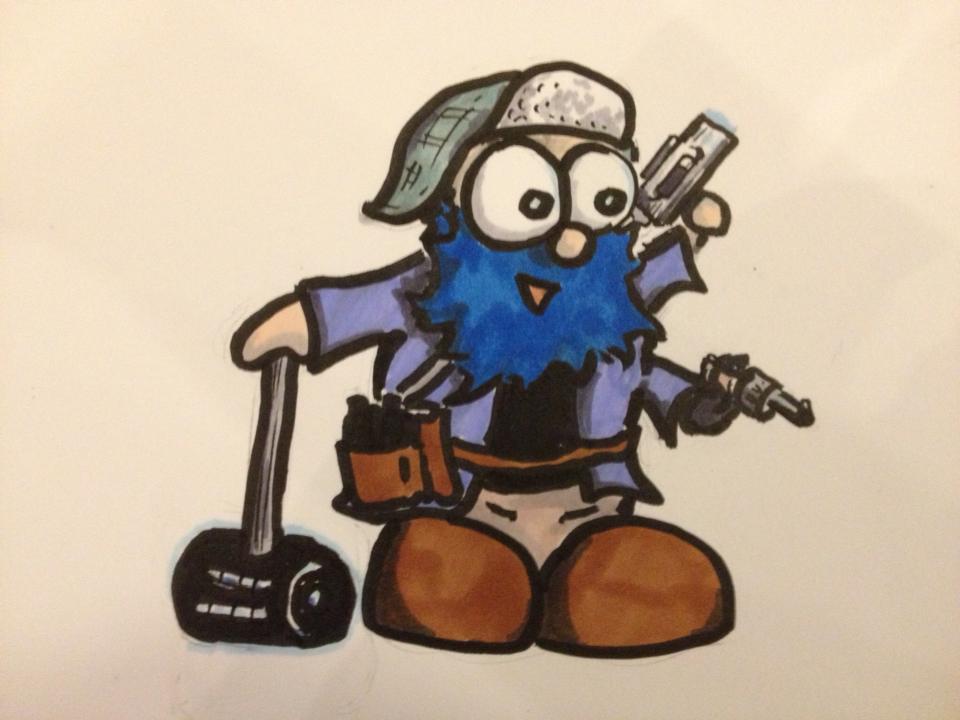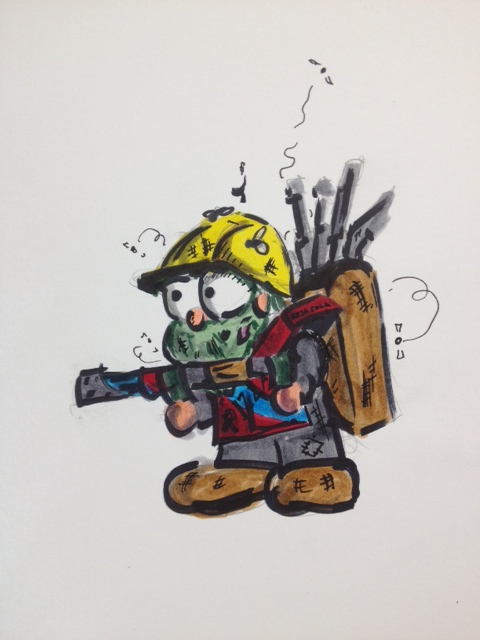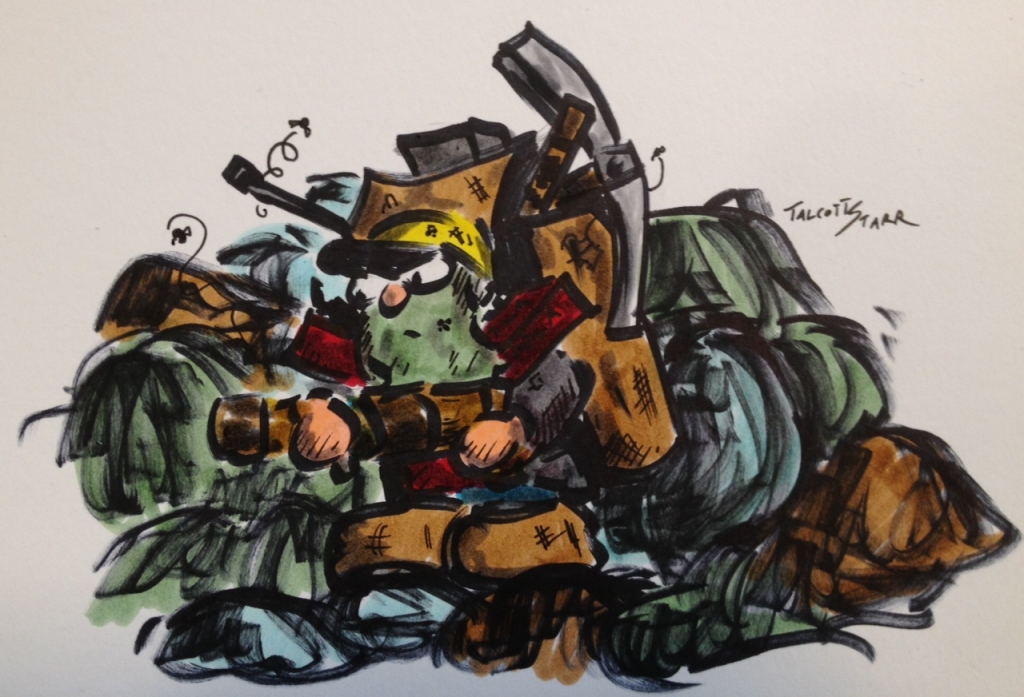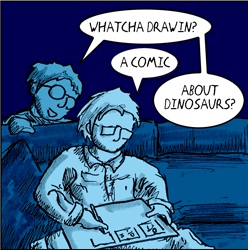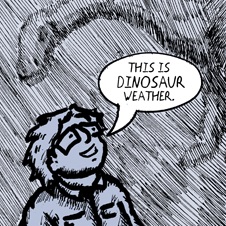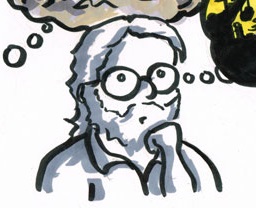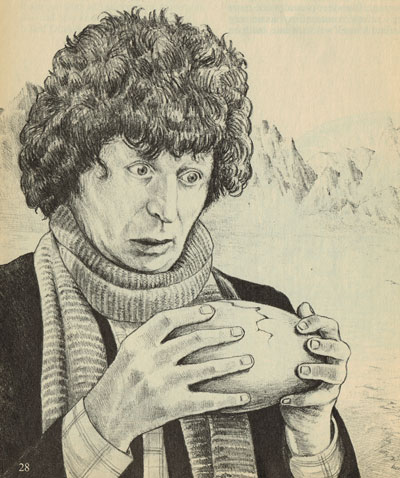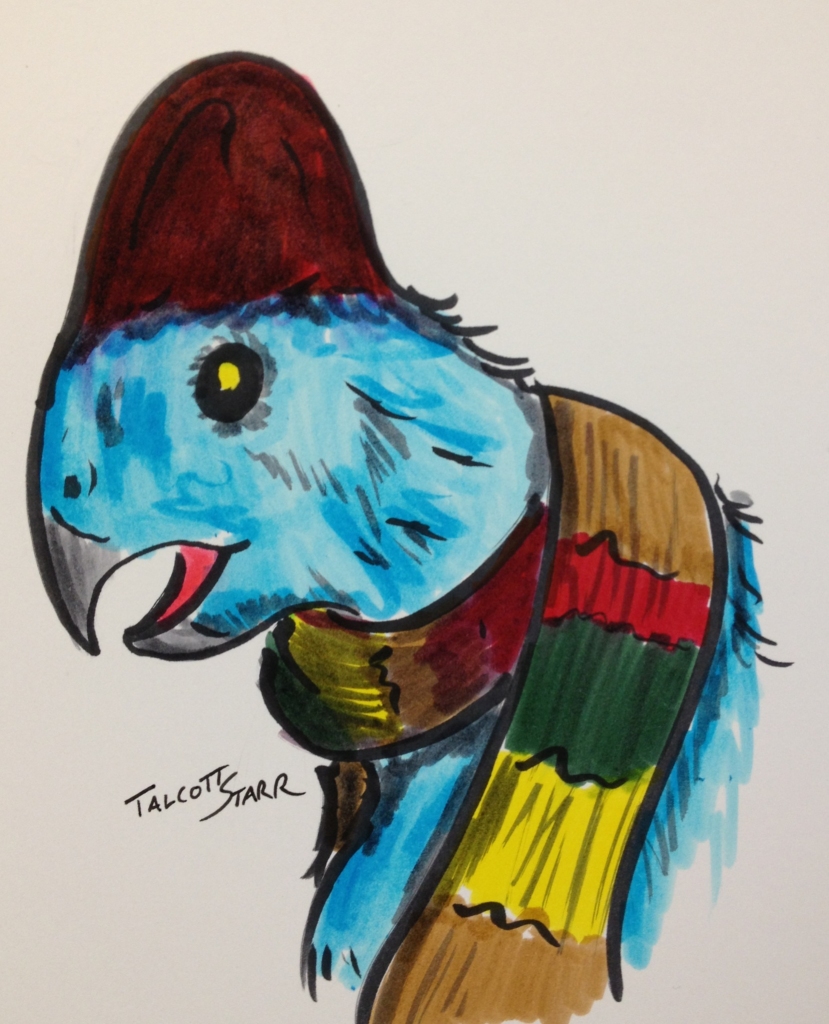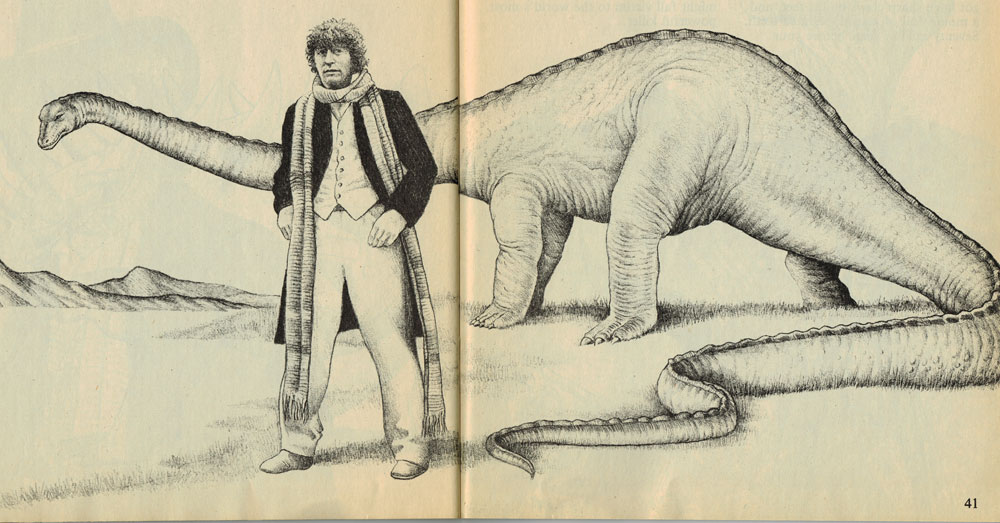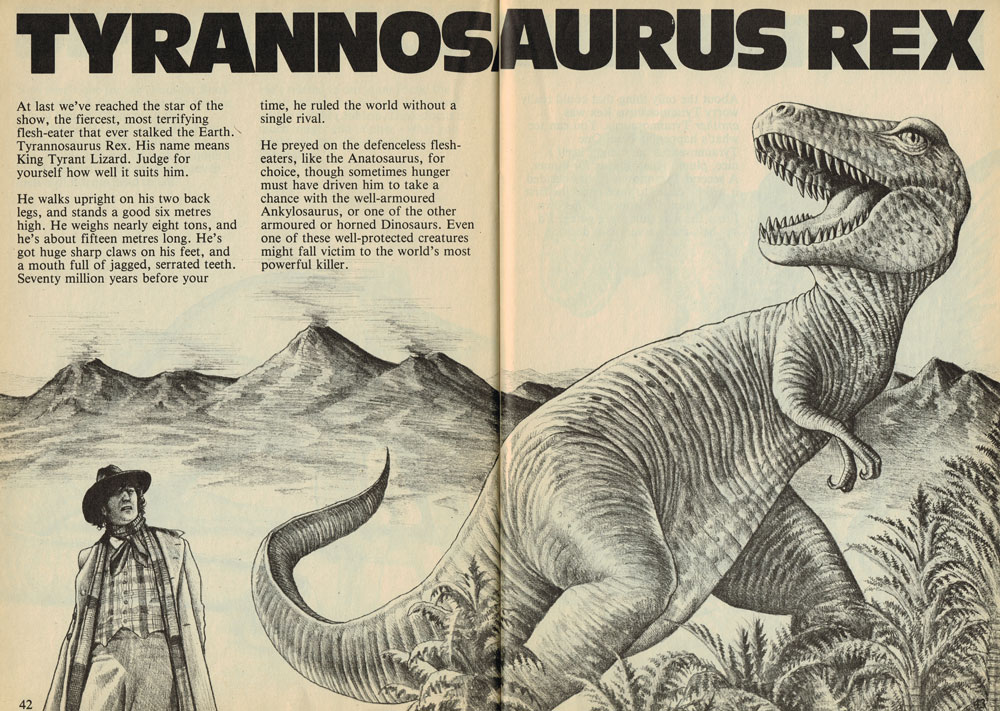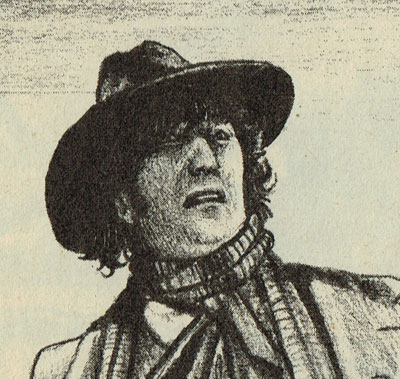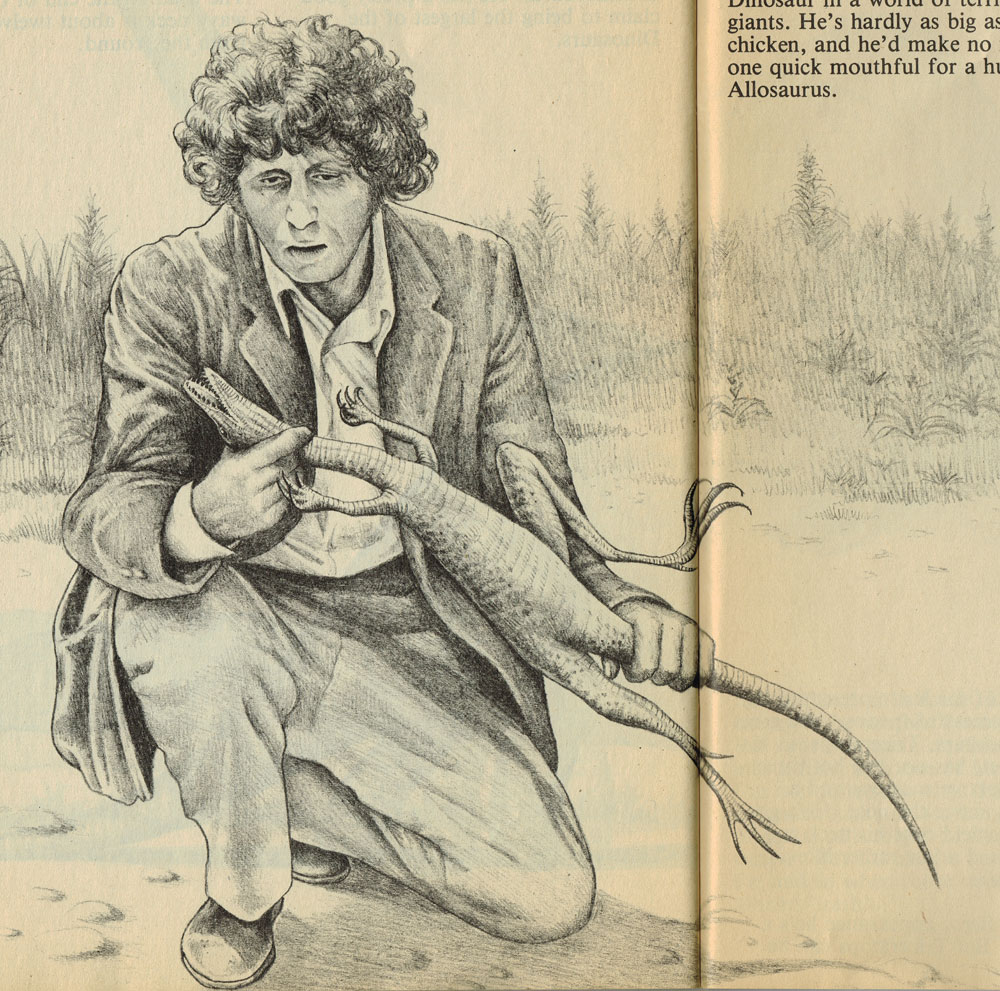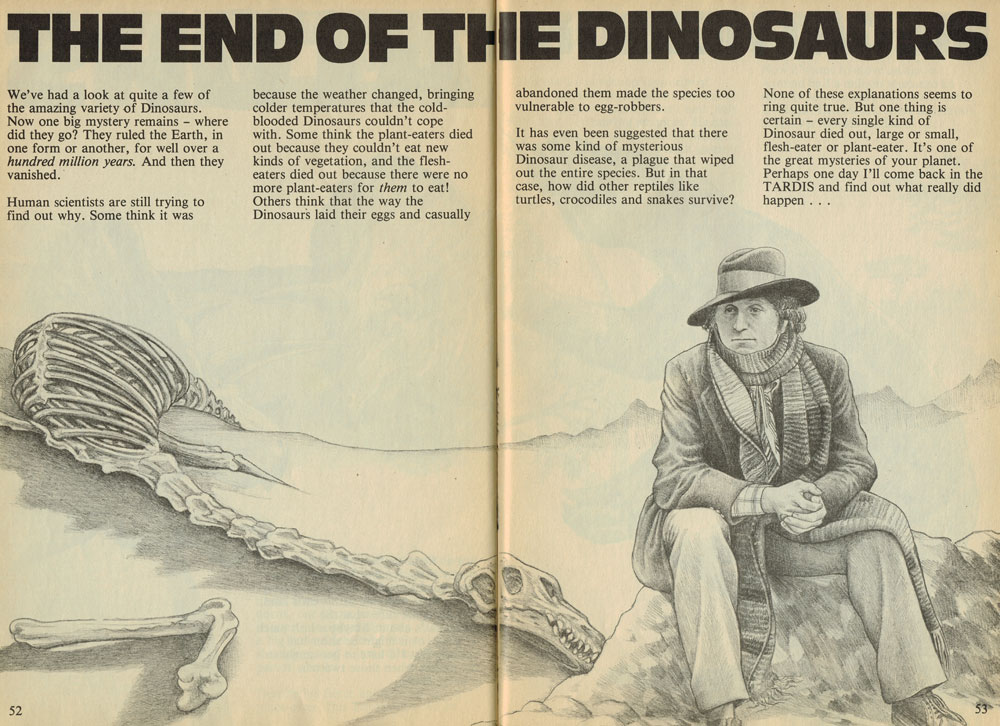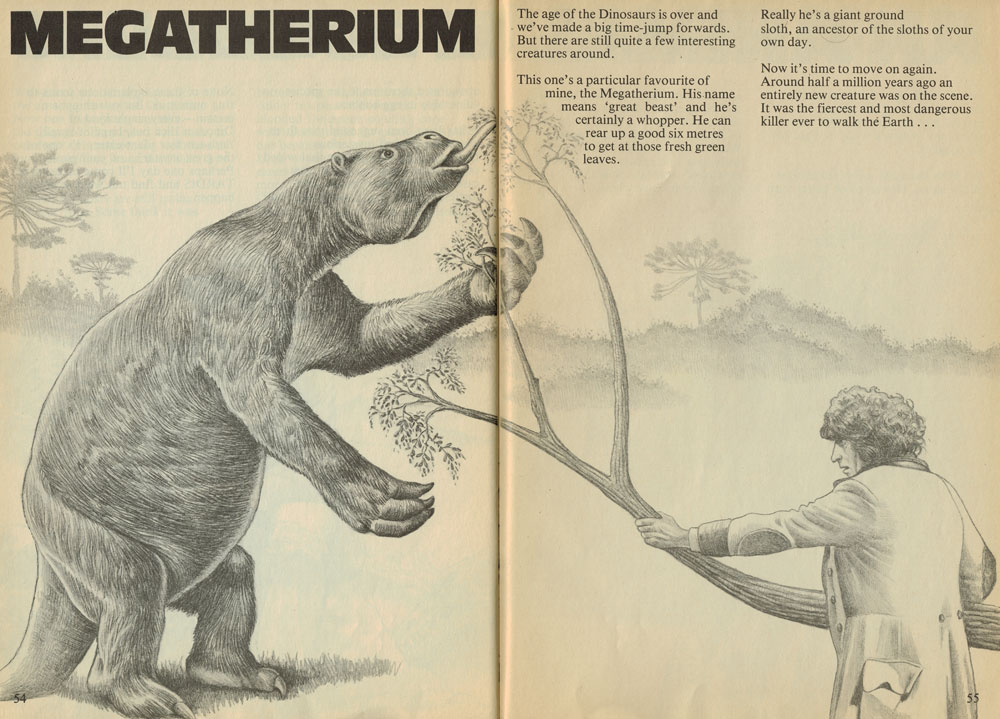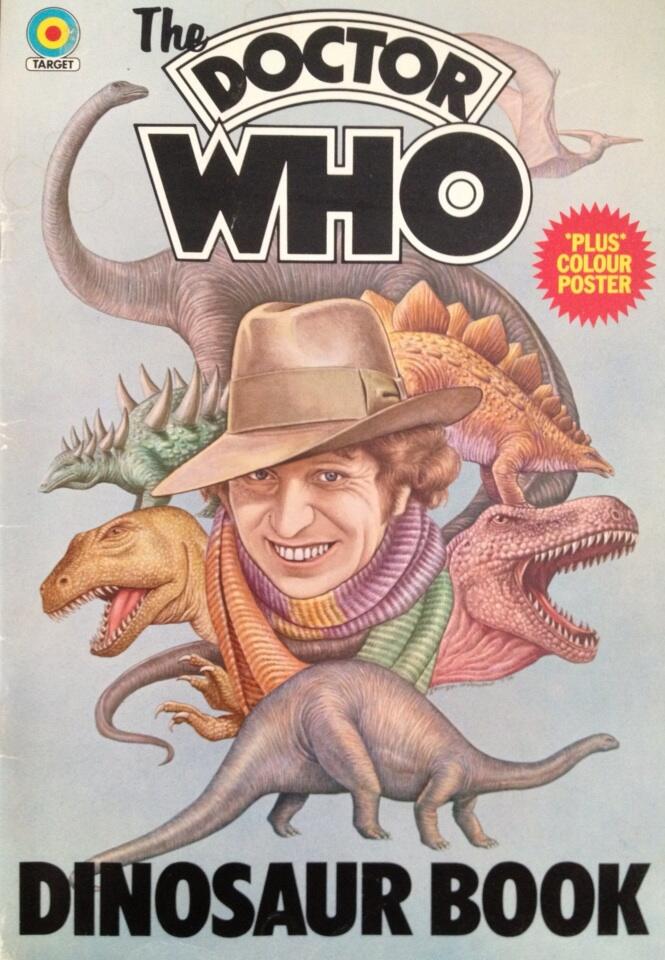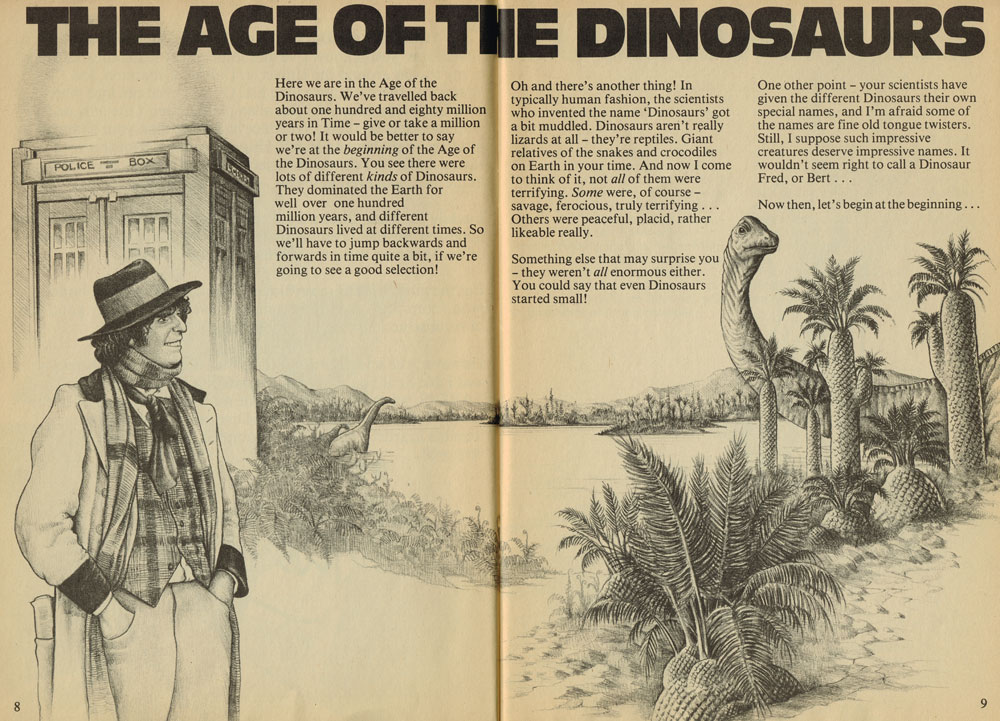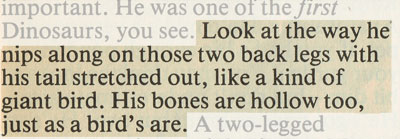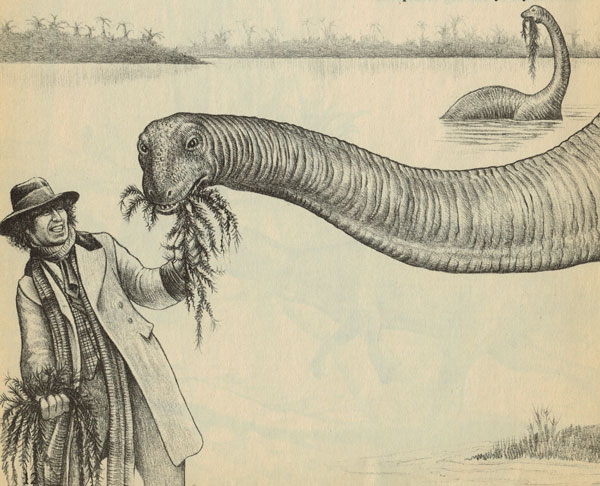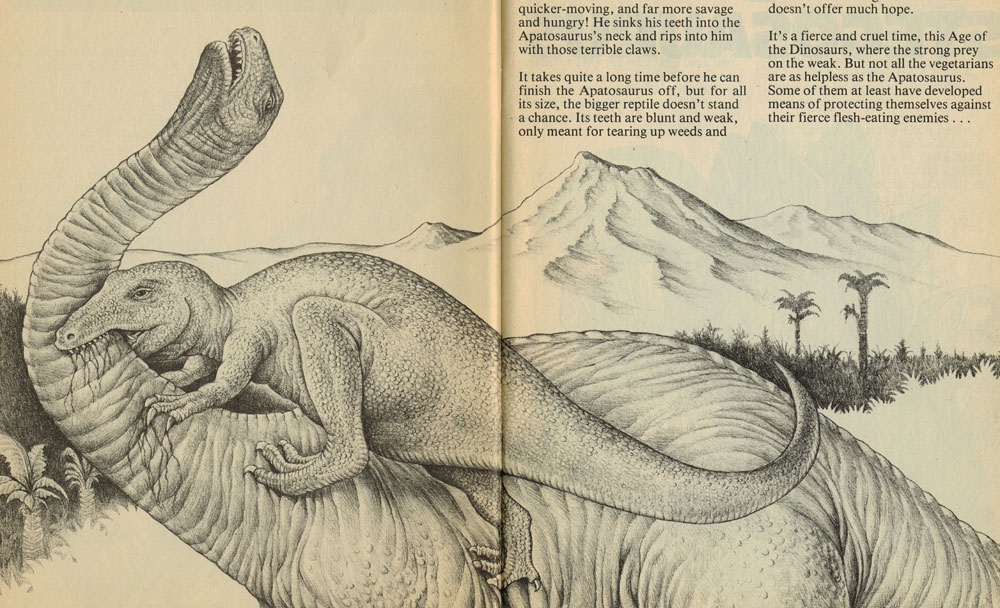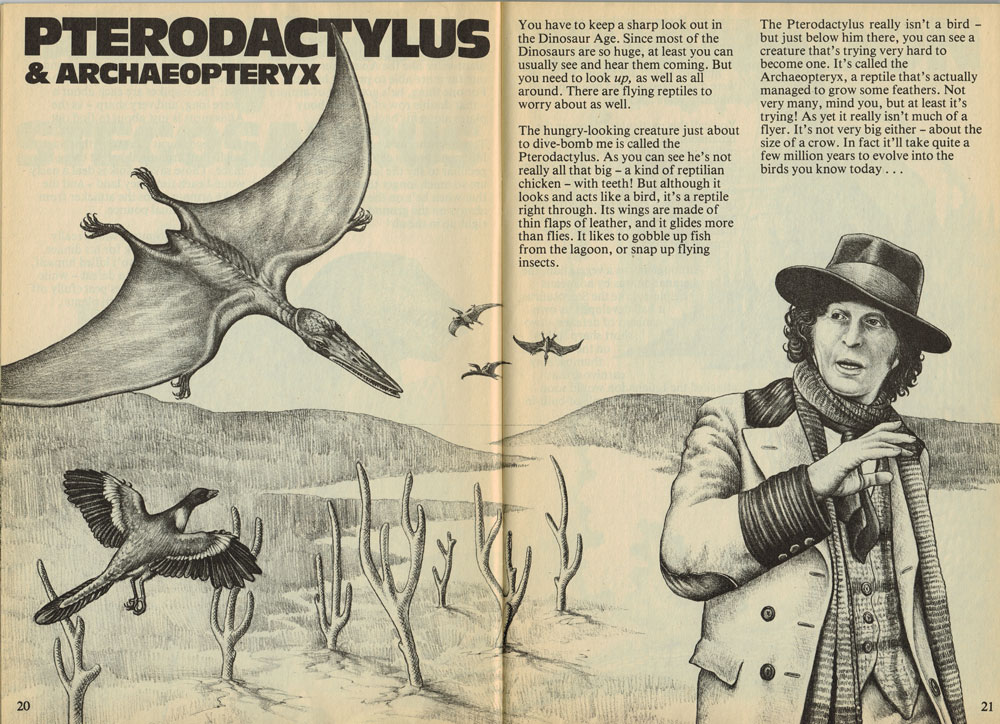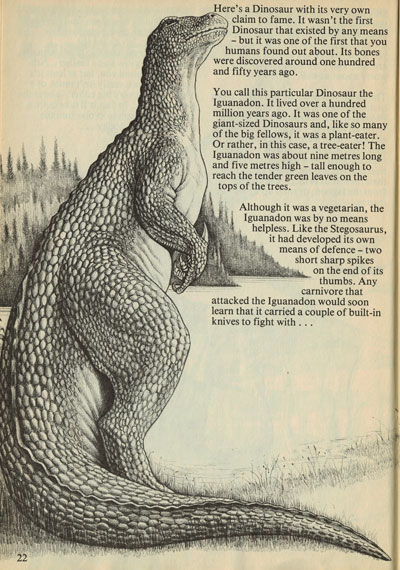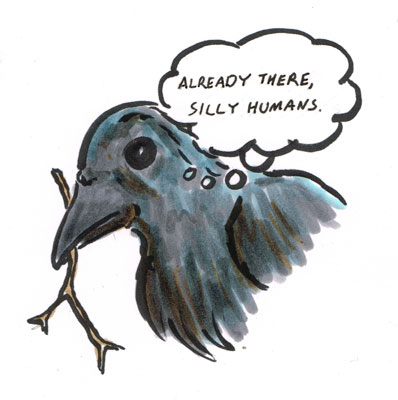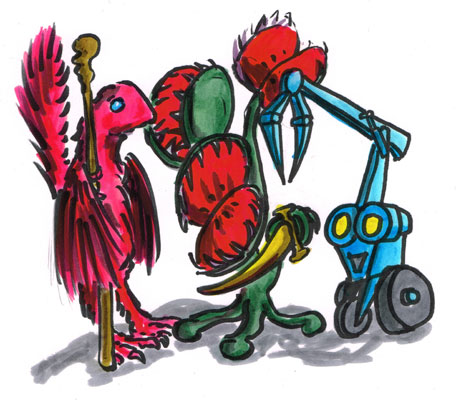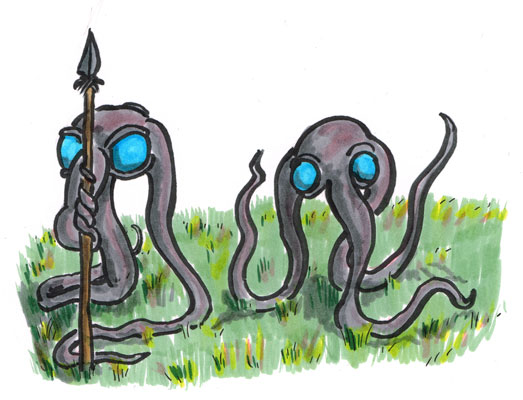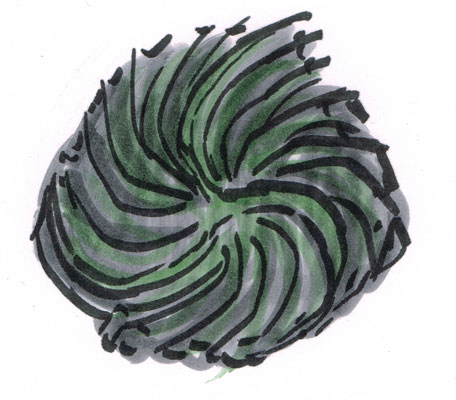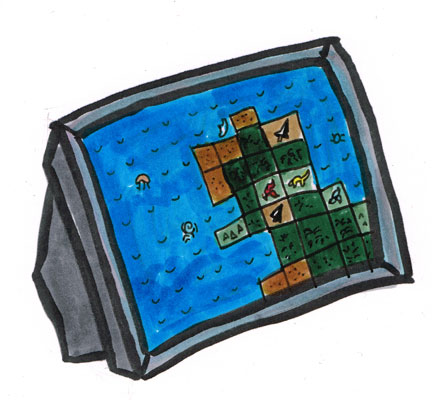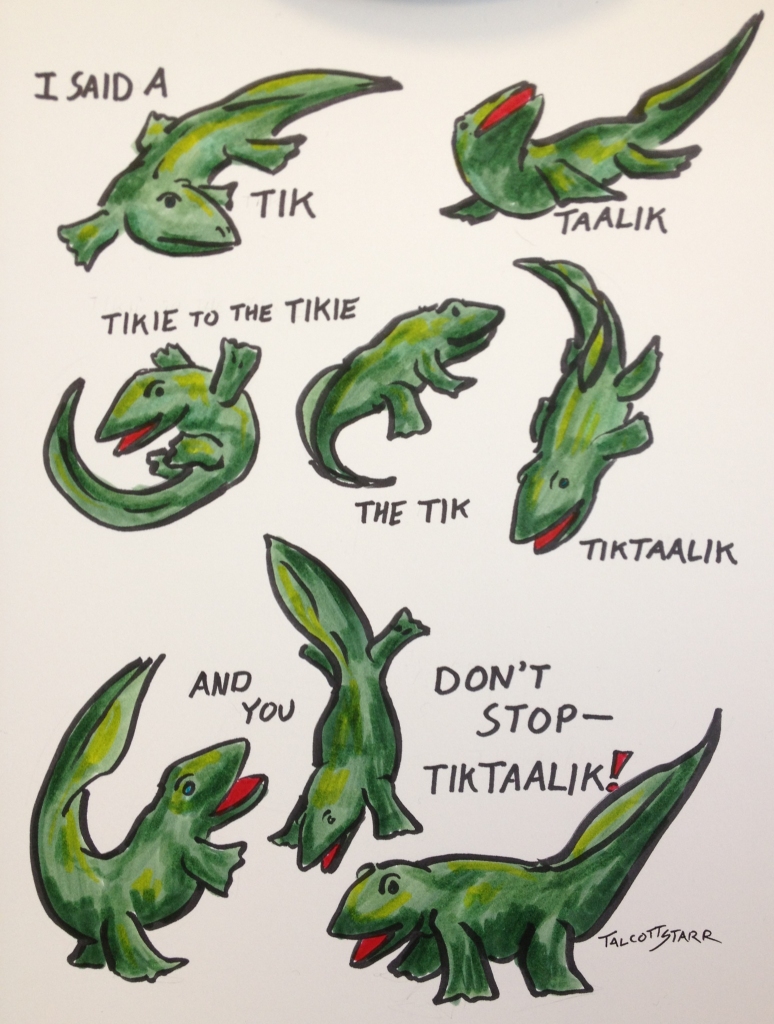The idea came to me on my way to work. Driving down I-71 in the early morning light, I was listening to Marc Cashman read Neil Shuban’s Your Inner Fish, which brought to my attention the fact that you can extract DNA in your own home.
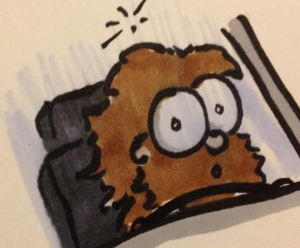
My first wedding anniversary was coming up, and I’d been struggling with finding the perfect present for Valerie.
Something simple but meaningful.
Something that spoke to our love and connection.
Something that wouldn’t be on the list of traditional anniversary presents.
DNA was the answer!
Our wedding invitations featured an octopus for Valerie and a dinosaur for me. We’re both dorks who are interested in science, and the idea of extracting octopus and dinosaur DNA, then blending them together, felt geeky, romantic, and exciting. I had initially considered keeping the gift a secret, knowing that a vial of DNA would be (at the very least) unexpected, but the idea of unlocking genetics in my kitchen was too neat to keep to myself. I’m glad I gave it away, because following a romantic dinner with experimental biology was the best way for us to celebrate our first year of marriage.

We bought frozen octopus at CAM, and dinosaur is easy to find if you’re willing to settle for avian therapods (in this case chicken). I would have preferred to use Iguanodon meat, but that might have been a little harder to track down. If you happen to have a good source for Iguanodon steak, please let me know. One thing we learned, which should have been obvious, is that raw food works much better than cooked. Freezing, on the other hand, didn’t seem to present any problems.
Instructions on how to extract DNA all follow similar steps. We based our process on these steps from the University of Utah: http://learn.genetics.utah.edu/content/labs/extraction/howto/
1: Get some material that has DNA. Plants or meat would work best here. Rocks, not so much.
2: Blend it with water. A cup or so will do. You’re basically making a soup at this stage.
3: Strain out the big chunks over a glass jar, until it’s about half full (or half empty, if you’re having a bad day). Again, it’s best to think of this as a soup. We actually used a cheese grater for this step, after realizing a coffee filter was too much.
4: Add a few pinches of salt and dish soap, and let it sit for ten minutes. The salt and soap break down the cell walls, which well let your DNA escape. For added effect, use a klaxon as the alarm sound on your phone.
5: After the alarm goes off, add a pinch of meat tenderizer and stir it gently. You want to spread the enzymes throughout the soapy soup to help break down the rest of the cell, but you don’t want to stir so vigorously that you shred everything in there.
6: Now gently pour in the rubbing alcohol, filling the rest of the jar. Be careful to just let it run down the wall, so it can sit on top of the slurry. The alcohol will draw out the DNA, and you can collect it with a toothpick.
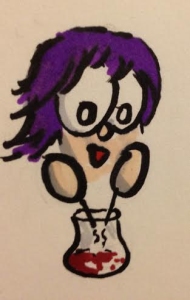
7: Store your DNA in a jar full of alcohol.
I’m shocked by how easy this was. DNA seems like such a magical concept; the instructions to make you, to make everyone you’ve ever met, to make ever bit of life on Earth.
It’s only been sixty years since DNA was discovered.
In a lab.
It’s the kind of thing scientists work with.
In a lab.
It’s the focus of every crime drama of the last fifteen years.
Set in a lab.
It’s what John Hammond used to create Jurassic Park
In a lab.
And here I was, with my wife, surrounded by cats, in our messy kitchen, pulling a strand of dinosaur DNA out of a jar and sealing it in a vial.
It was a powerful moment.
An exciting moment.
A moment I never thought I’d experience.
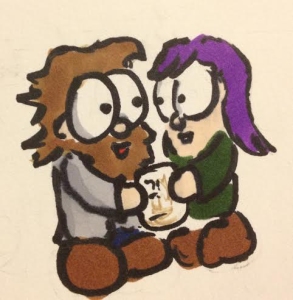
I was also struck by how white and gooey the DNA was. Years of stock art and scientific illustration had made me associate DNA with brightly colored coils, clearly labeled with GATC, but the boring reality of DNA made it more real, and more fascinating. DNA is just protein, so of course it will look just like any other mass of pure protein you would expect to see on your anniversary night.
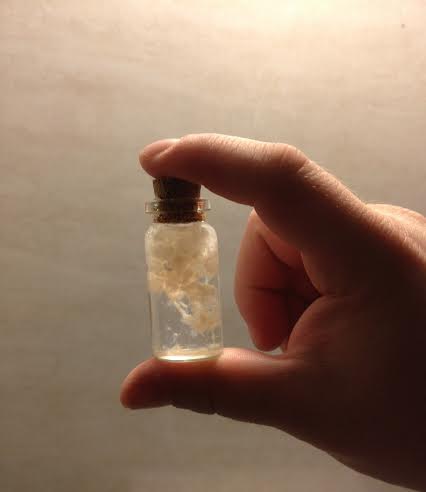
You know, like egg whites.
